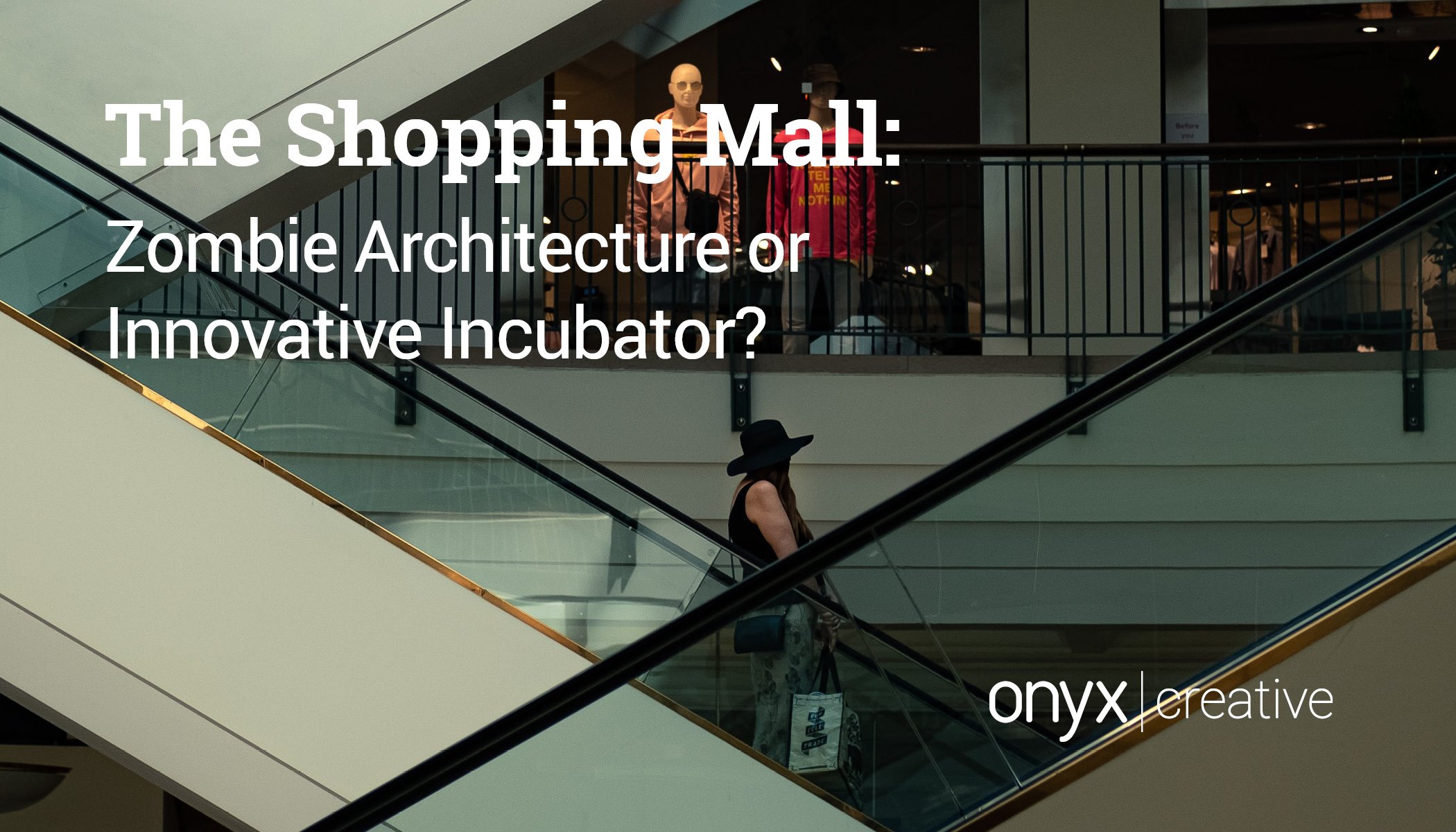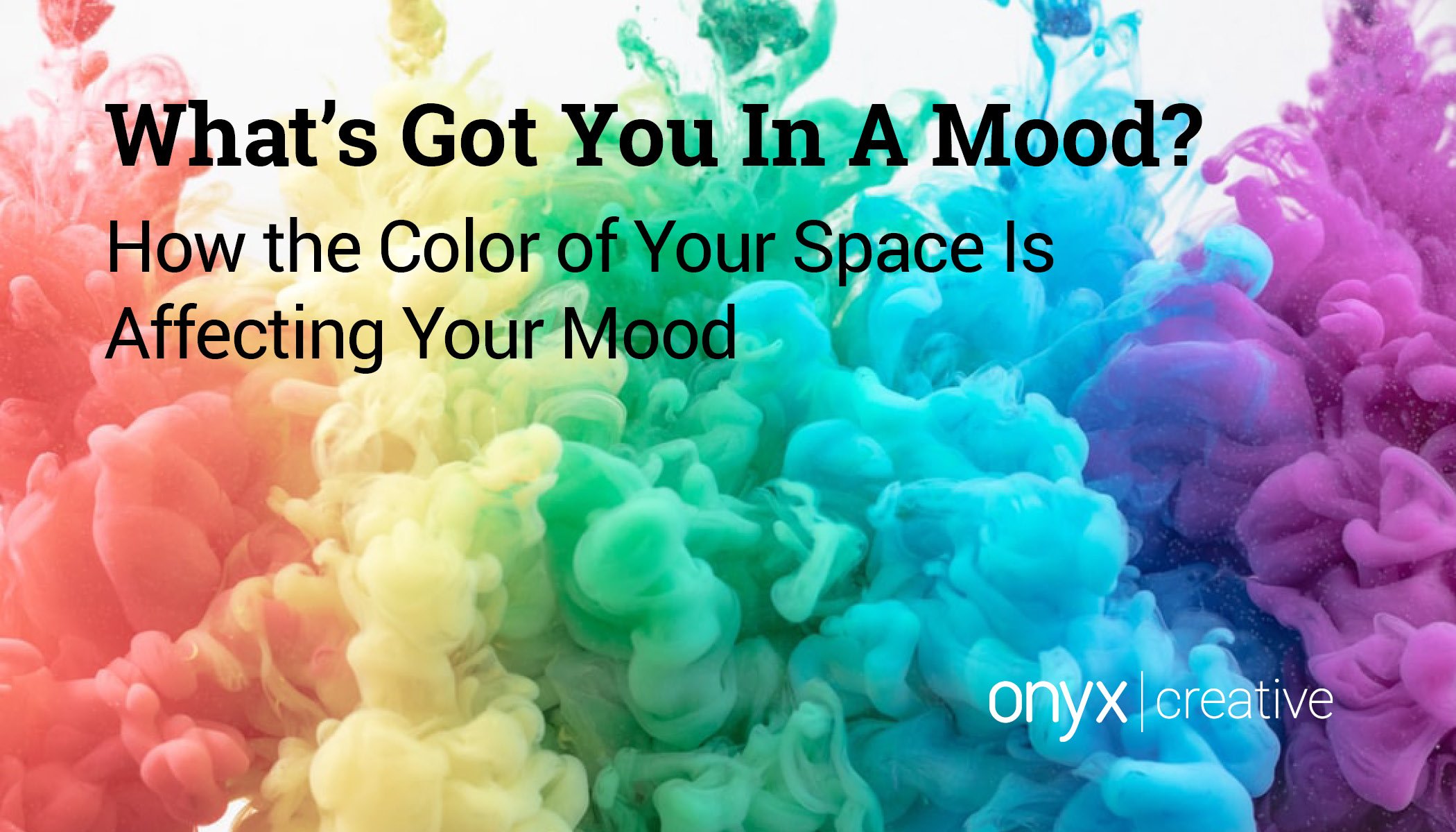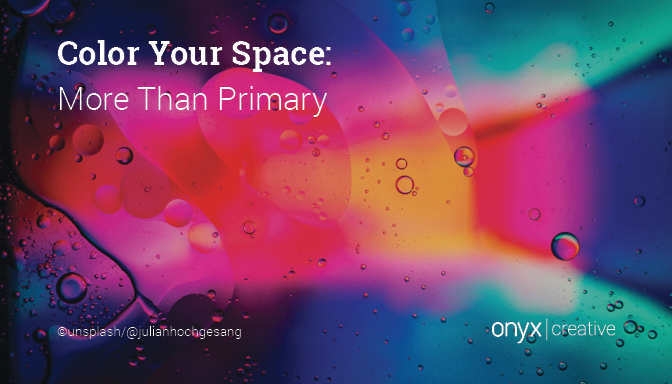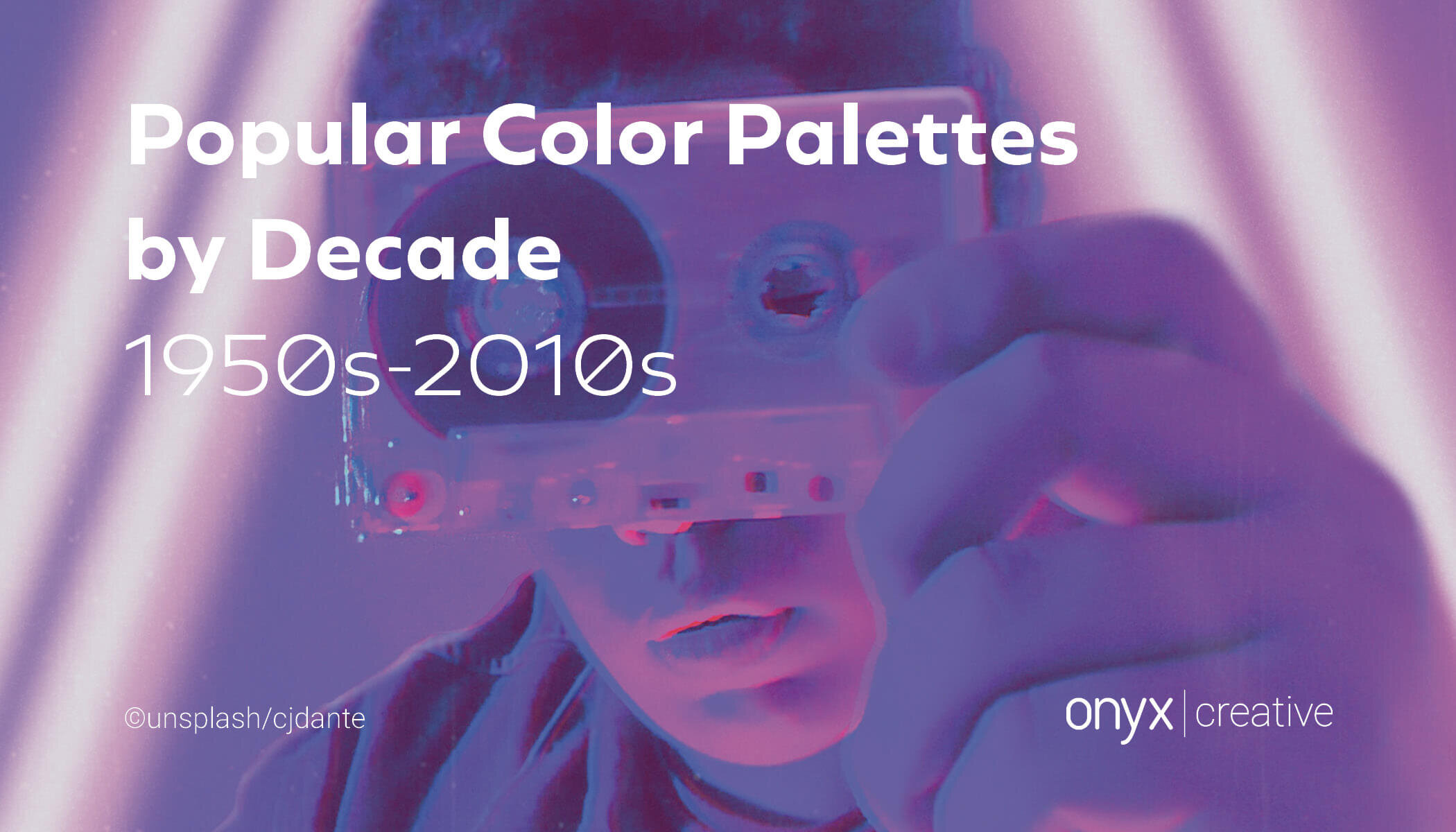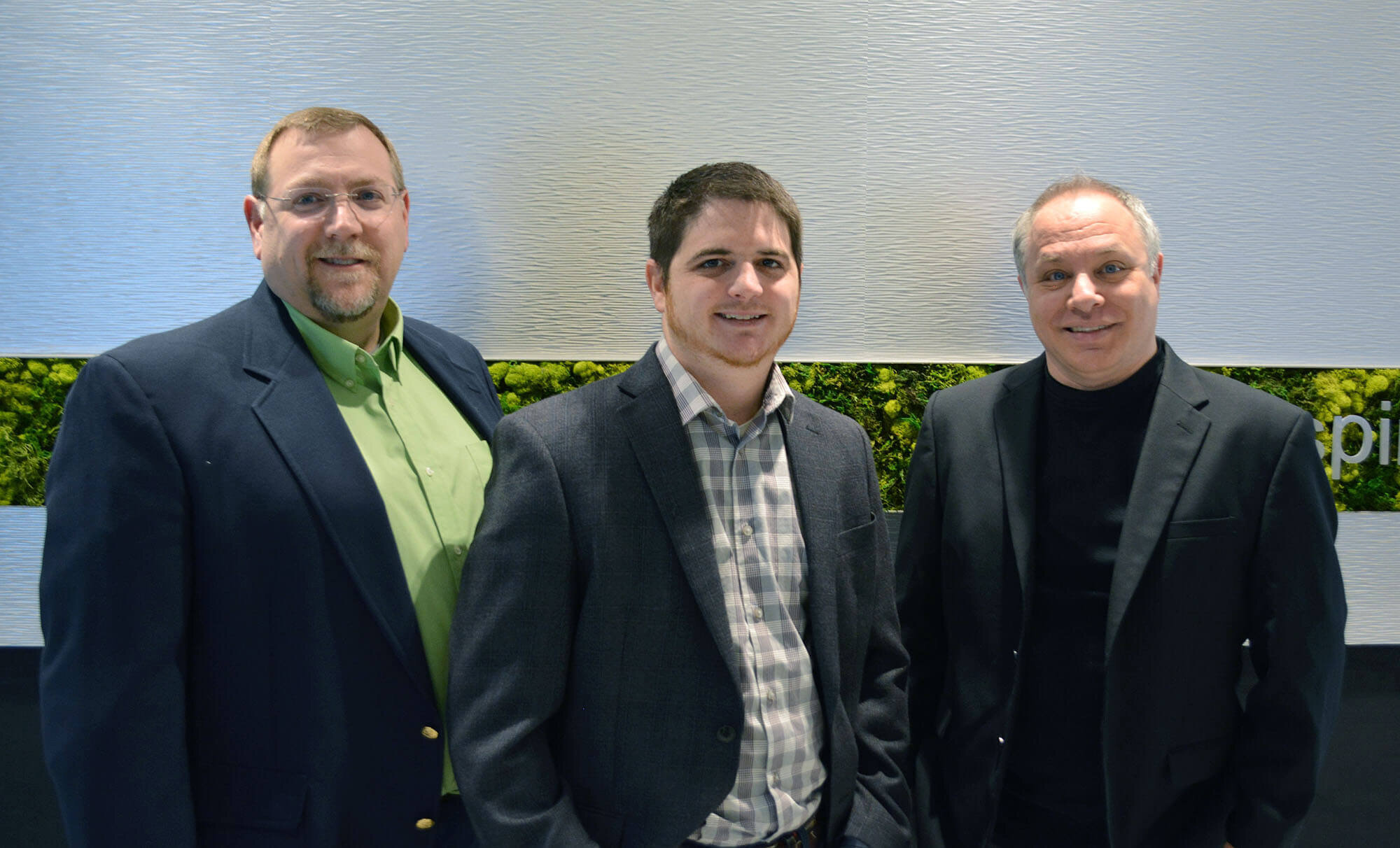Planning for the Covid-19 pandemic will require employers to update their floor plans and company protocols while potentially sourcing outside products to help ensure the safety and health of their returning employees. The purpose of this guide is to allow companies to plan for and embrace the changing work environment as quickly and efficiently as possible.
Read MoreDesigning the Human Experience: Healthcare Spaces for the People
One of the greatest challenges designers and architects face is planning an environment for a hypothetical user they’ve never met. This problem is further emphasized in healthcare facilities, where additional levels of vulnerability are layered on top of an already existing variety of personal preferences and needs. Healthcare is one of the most complex markets to plan and design; from regulatory requirements and operational needs to complex spatial relationships and human factors.
Read MoreDesigning the Human Experience: Office Design
Designing for the human experience in the office environment requires a holistic approach where people are the focus and their needs, emotions, and senses are supported and enhanced. An office space should foster each employee’s sense of individuality and control to choose their type of work lifestyle. Having choice leads to empowerment and engagement within their work environment. When designing a space, it is important to provide different types of ‘work modes’ such as active zones, quiet zones, and social zones. Spaces that provide varied work modes give the employee an opportunity to choose their individual workstyle. Given choice, opportunity, and autonomy empowers an individual. A sense of empowerment and individuality reduces stress and leads to happier employees.
Read MoreDesigning the Human Experience: Retail Design
Designing for the human experience is an important tool for designers and retailers. To design for the human experience is to create more personalization and emotional connections for the consumer. Retailers can achieve these experiences for their customers by embracing data-driven solutions, personalization, and technology into their physical environments. Interior designers can help implement the physicality of these solutions in the design of space.
Read More





